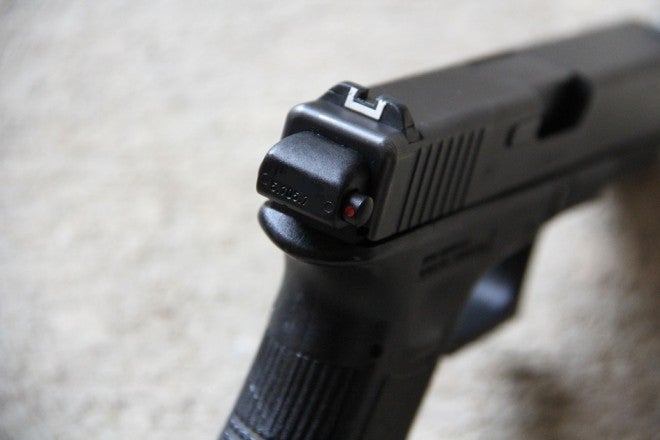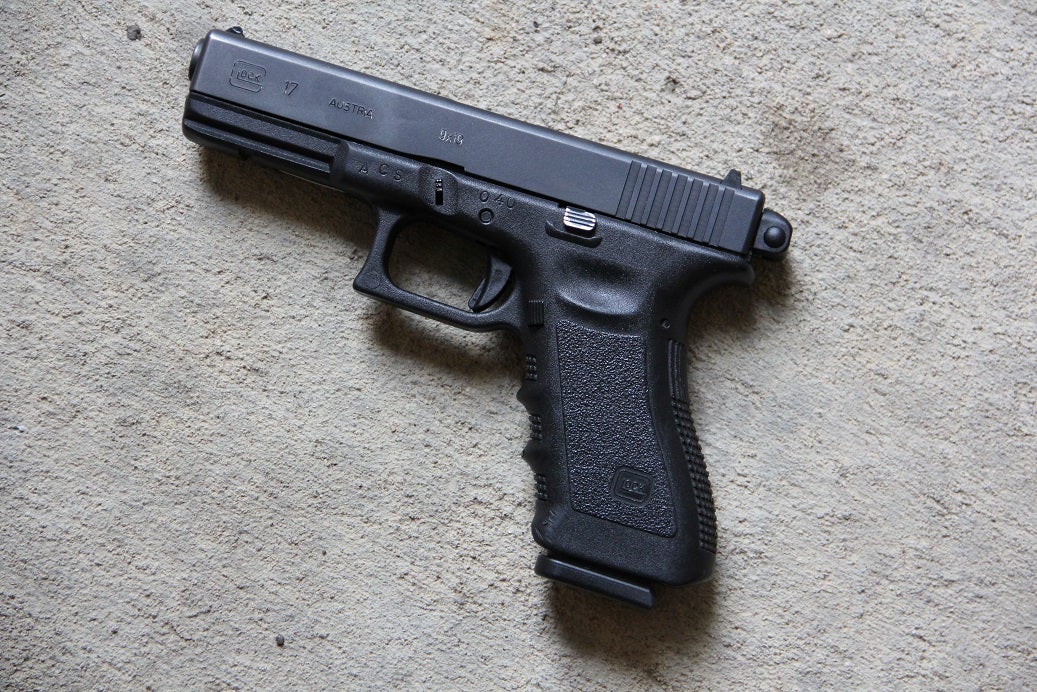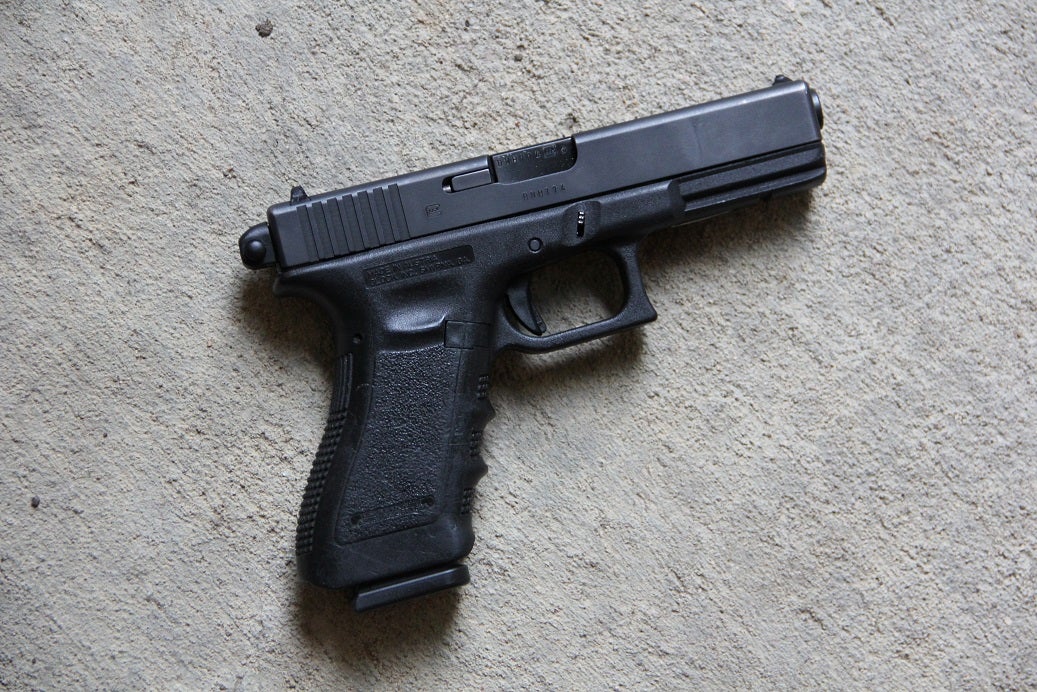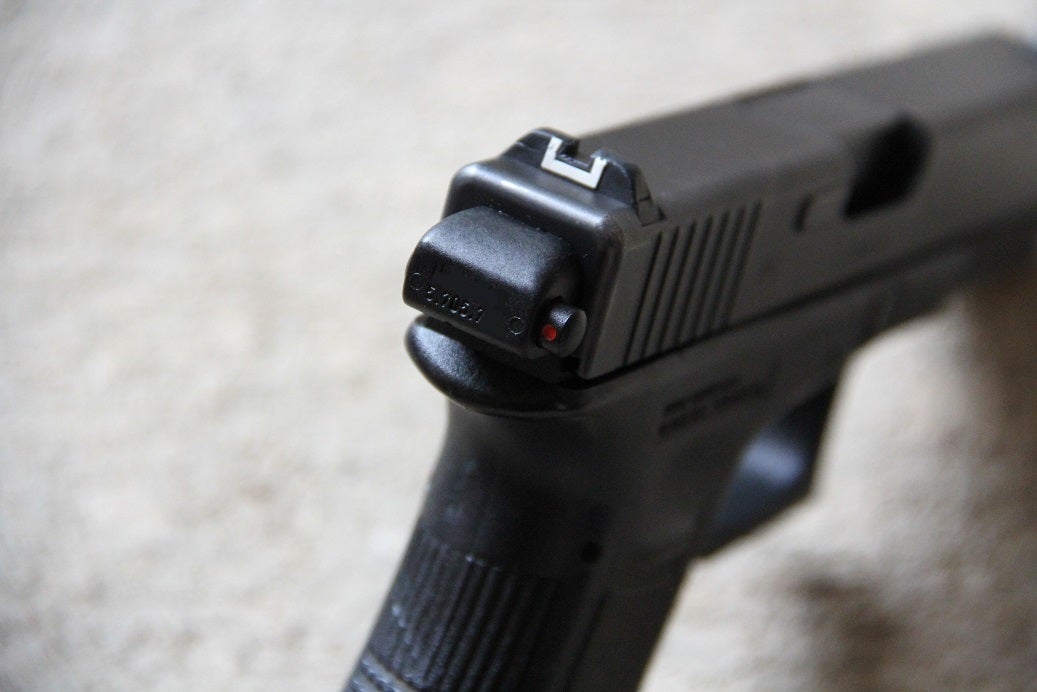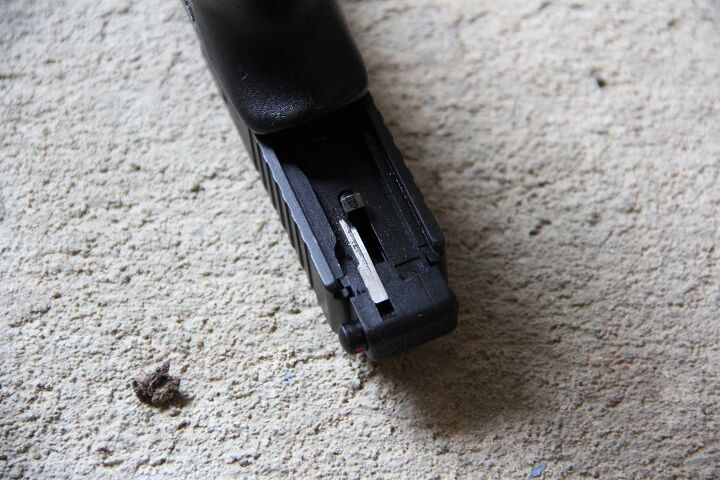Disclaimer: For the purpose of this article, the term “machine pistol” refers to fully automatic conventionally laid out handguns, not submachine guns, PDWs, or obscenely large pistol-like firearms such as M10s. Also, for video, scroll to the bottom.
Machine pistols have been around for about 100 years. As soon as engineers embraced semi-automatic handguns as a new category of small arm, they realized that their mechanisms could easily be adapted to fire fully automatically. Early examples include converted Lugers, Steyr M1912s, and of course the Mauser M712 “Schnellfeuer”. That said, after this period of experimentation small arms development seemed to ignore this niche until the latter half of the 20th century when we were introduced to pistols like the VP70 and Beretta 93r, both of which fired three-round-bursts. In the 1980s Glock introduced the model 18, which was essentially their model 17 with a selector with positions for full and semi automatic fire.
All in all, there have not been many machine pistols developed relative to most other firearm subcategories, and the answer as to why seems pretty simple; They don’t really serve a purpose that any other firearm wouldn’t be better suited to.
In fact, Gunsite ignored machine pistols when it was founded in 1976. The staff said machine pistols are “a slob’s weapon, useful only by half-trained or poorly motivated troops” which is pretty damn harsh criticism if you ask me.
So in the name of scientific testing I decided to convert a police trade-in Glock 17 to full auto and see for myself if machine pistols are as difficult to use and as useless as many have said. Mind you, I am a federally licensed manufacturer of title II firearms. Remember, without proper licensing this is a felony.
So the host is pretty unremarkable:
This switch on the rear allows the gun to fire in either semi or fully automatic:
This is where the voodoo magic takes place:
So it was time to hit the range with this contraption.
I have been shooting and collecting machine guns for a long time, but I have only shot one other fully automatic pistol. I was not quite sure what to expect so I braced for impact:
It was not as difficult to control as I thought:
In fact I was pleasantly surprised. At 7 yards I landed 15 out of 17 rounds on the target with my first ever mag dump:
Next was the same 17 round burst at 10 yards:
This made a big difference. I only landed 10 out of the 17.
Next up was my collegue and our very own writer Nathaniel F. at 10 yards where he hit 8 out of 17:
After this we just started going crazy trying to improve our techniques and shooting stances.
The findings were that with shorts bursts, you could get great center mass hits every time. Also, windage is not effected nearly as much as elevation:
I also brought out an M712 pistol to test with the Glock. We both shot and enjoyed it, but it was more difficult to control due to the high bore axis:
At days end, our stances and hit probabilities had both improved greatly:
So what does all this mean?
Well Nathaniel is an enthusiast when is it comes to small arms development and I asked for his commentary:
“The modified dealer sample Glock 17 was certainly a handful to shoot, however it seems as though a user who trained often and consistently with it could gain enough trigger discipline and control to be effective to maybe 15 yards using short bursts of fire. Contrary to my expectations, the modified Glock 17 does not seem useless as a practical tool, though perhaps it doesn’t stand out in anti-terrorist or personal protection roles against other weapons like the P90 or MP7. For well-trained personnel in the line of duty where there is concern over suicide bombings, but where a low profile must still be maintained, it does seem like the modified Glock 17/Glock 18 might be an appropriate choice. The fully automatic Glock does enjoy the advantage over other weapons such as the Beretta 93R or MP7 of being readily modified on the factory floor from standard production pistols, which reduces the cost of what would otherwise be a limited production item. The two most obvious improvements I would make are the addition of a folding shoulder stock and an integrated 3 round burst setting.”
So we both agreed that machine pistols serve such a specialized role that they have been understandably ignored (for the most part) by arms manufacturers.
You risk a lot of collateral damage with one of these, so they are not particularly suited for police work, home defense, or concealed carry. However there are a few points I believe a machine pistol shines brightly:
- When defending a VIP with a desire to downplay how armed the protectors are
- Potentially requiring offensive capabilities with a need to downplay a security presence
- Assassination: This is not a legitimate use, but damn if a machine pistol is not suitable for it
I do not believe Gunsite was wrong when they decided against teaching how to use machine pistols. I had to think hard about when such a firearm would be useful, and it really is a head scratcher. As a whole they have been commercial failures and there is a reason that you do not see many in official use.
Regardless of this conclusion, here is a video of myself and some of the hooligans I regularly associate with shooting this gun. For Science.
 Your Privacy Choices
Your Privacy Choices
